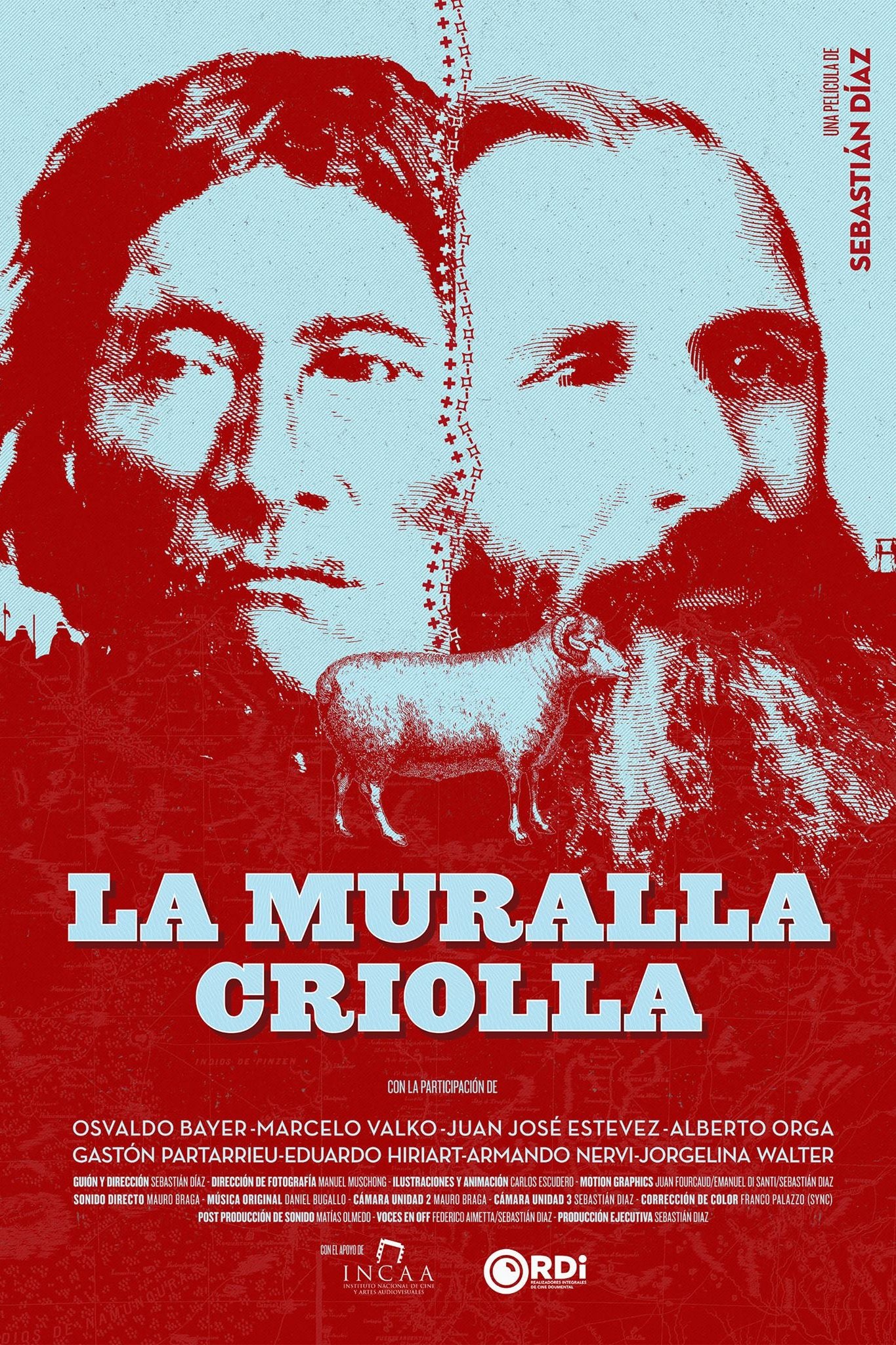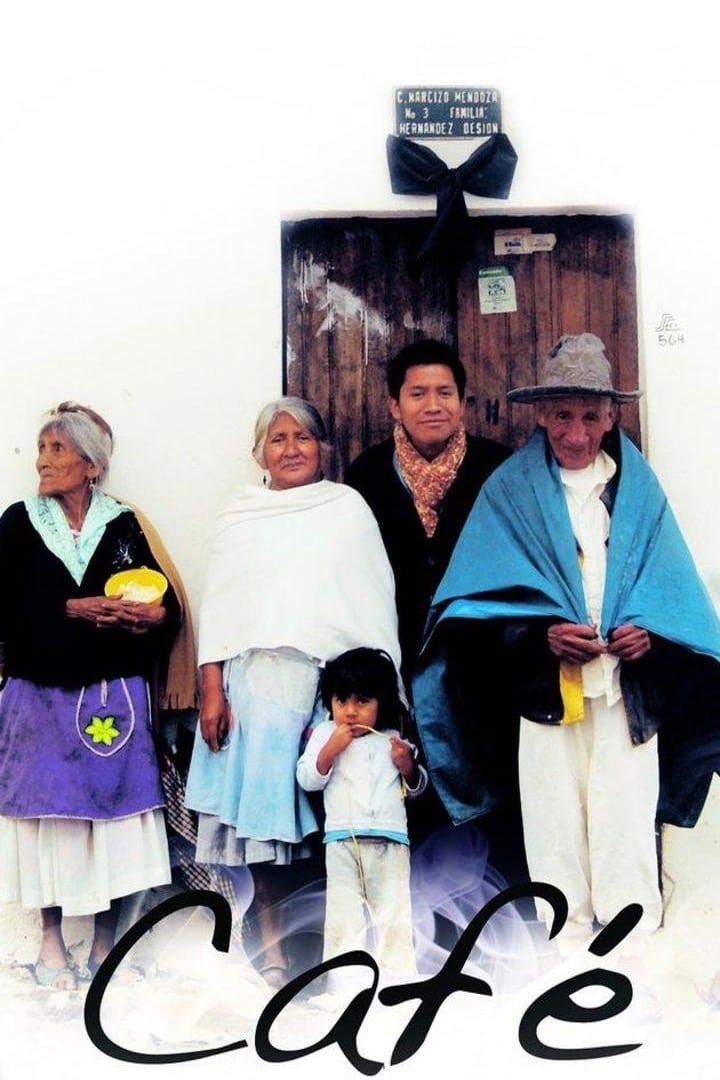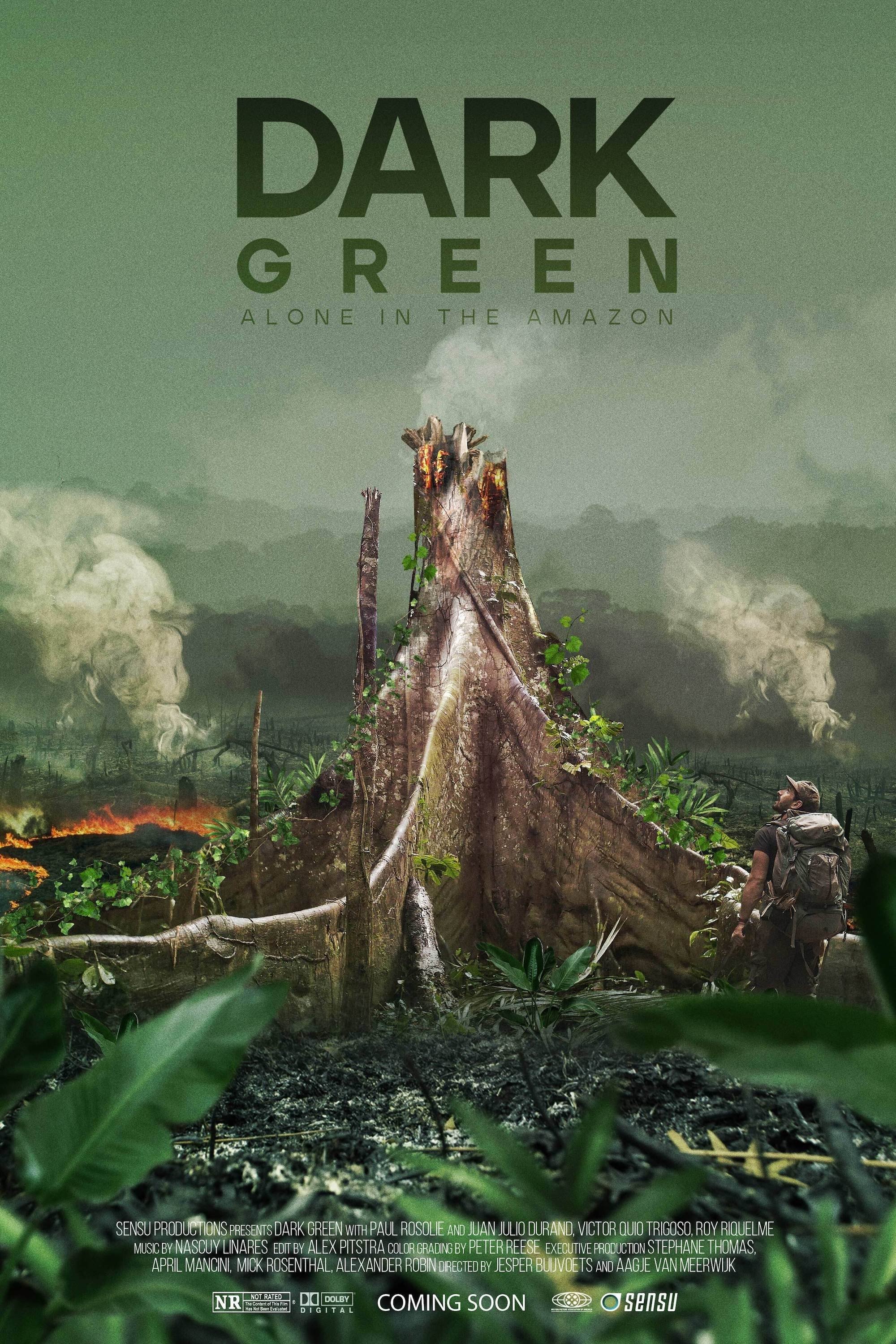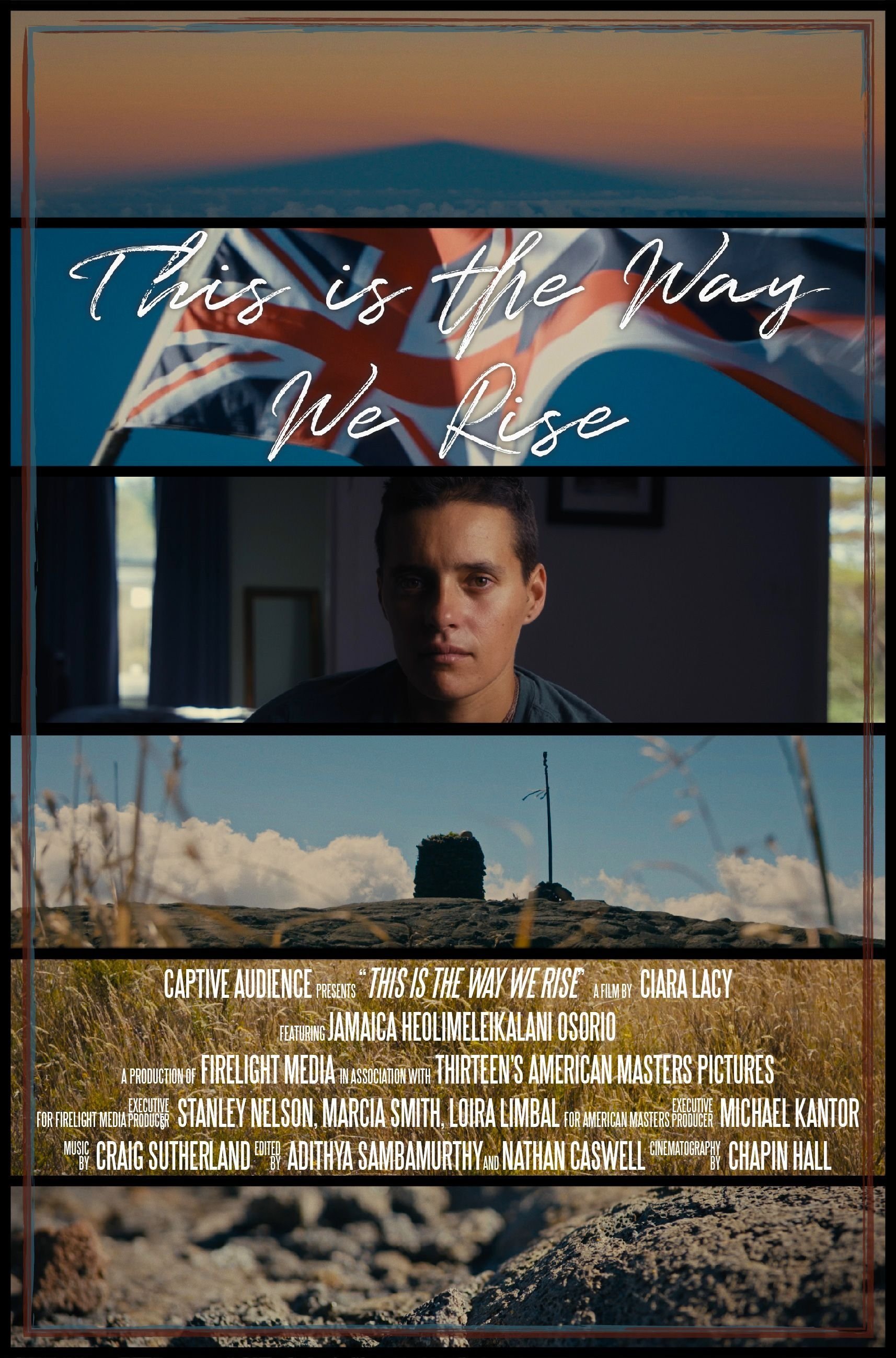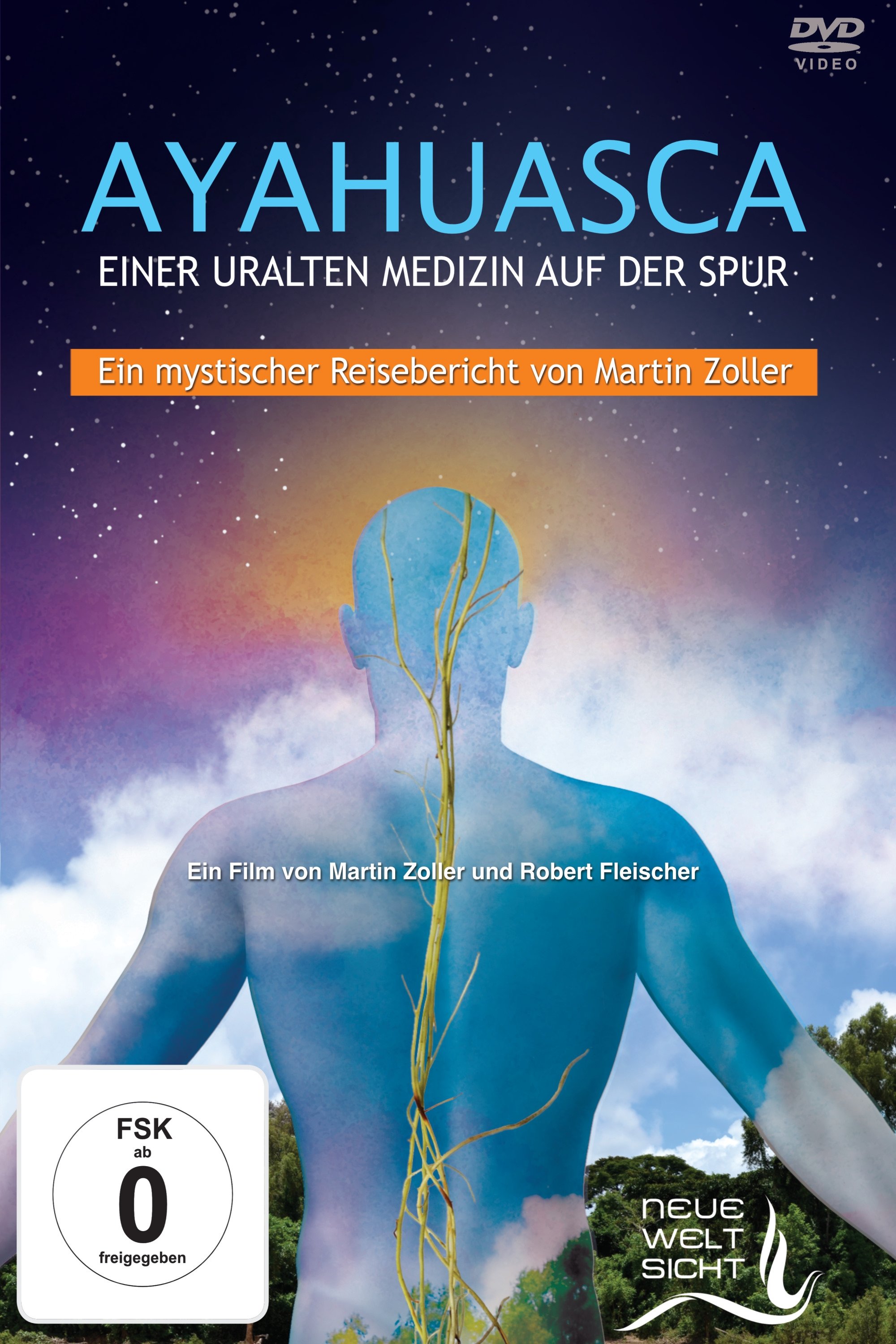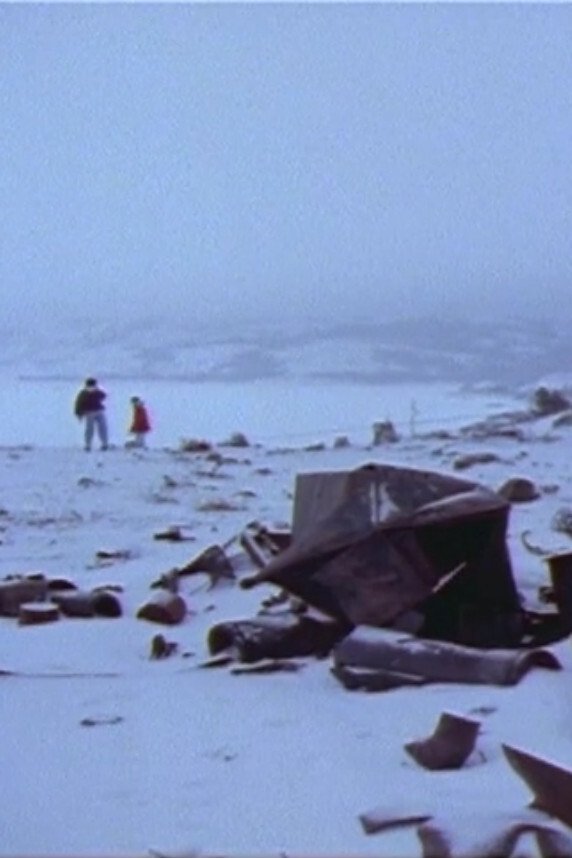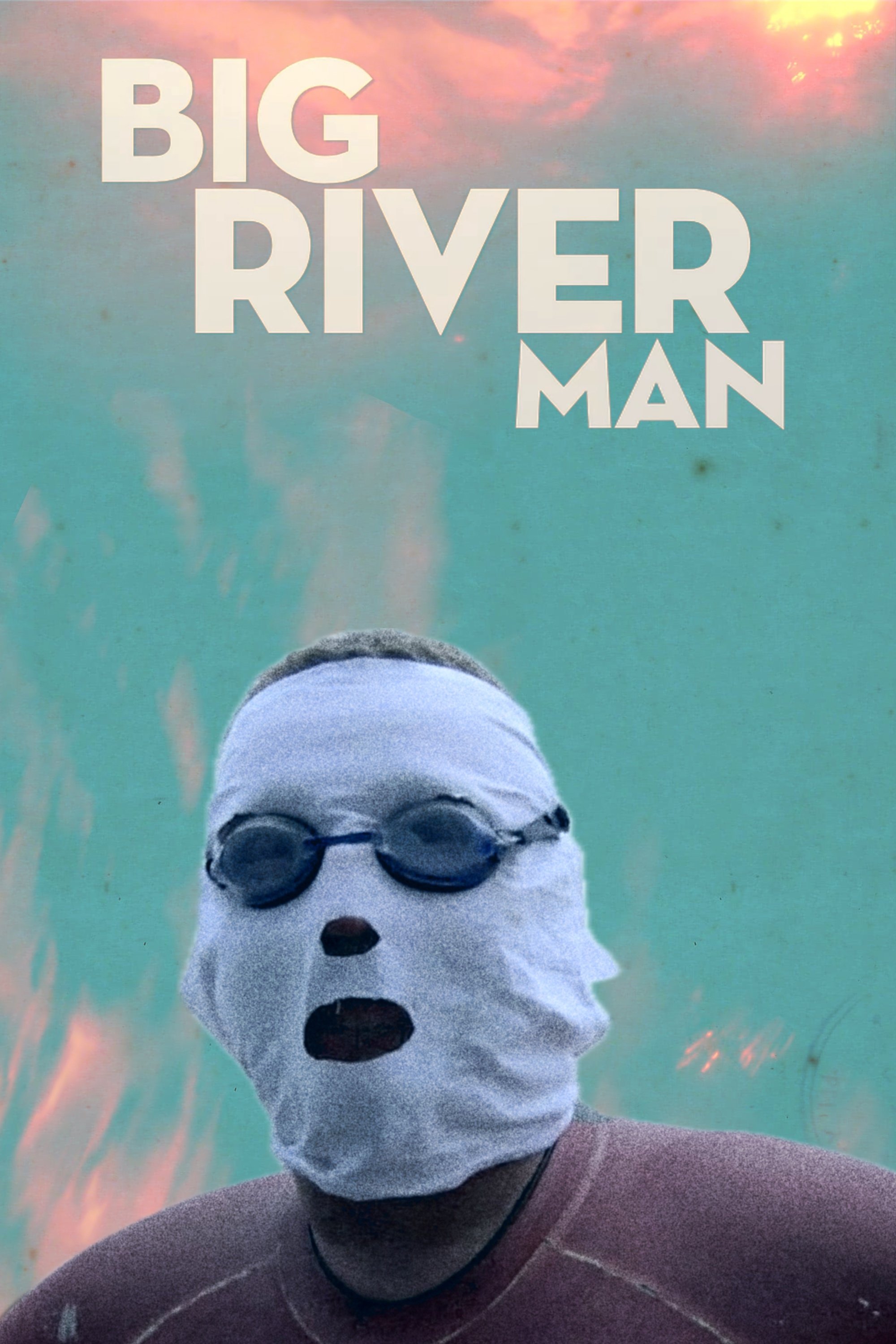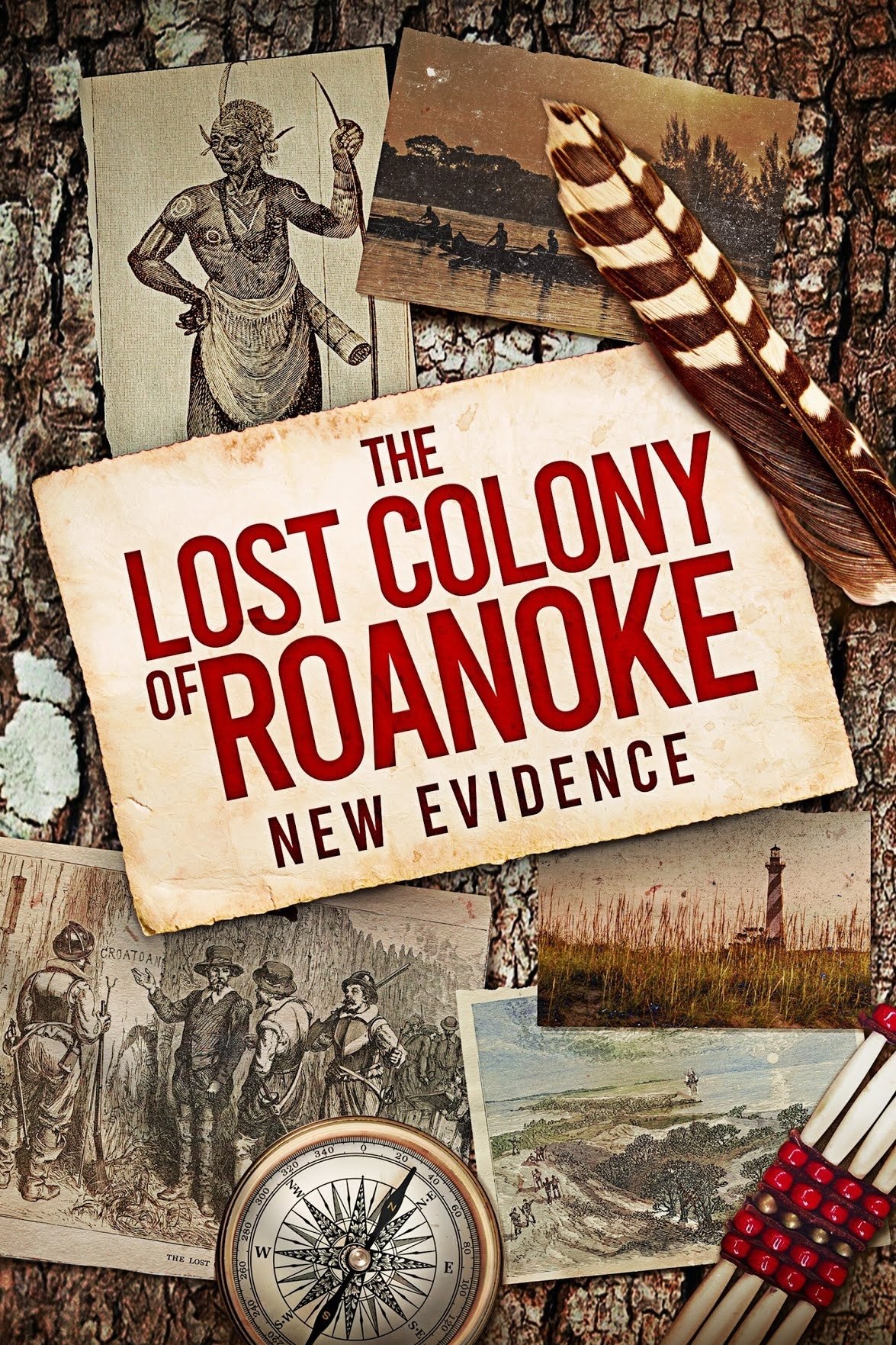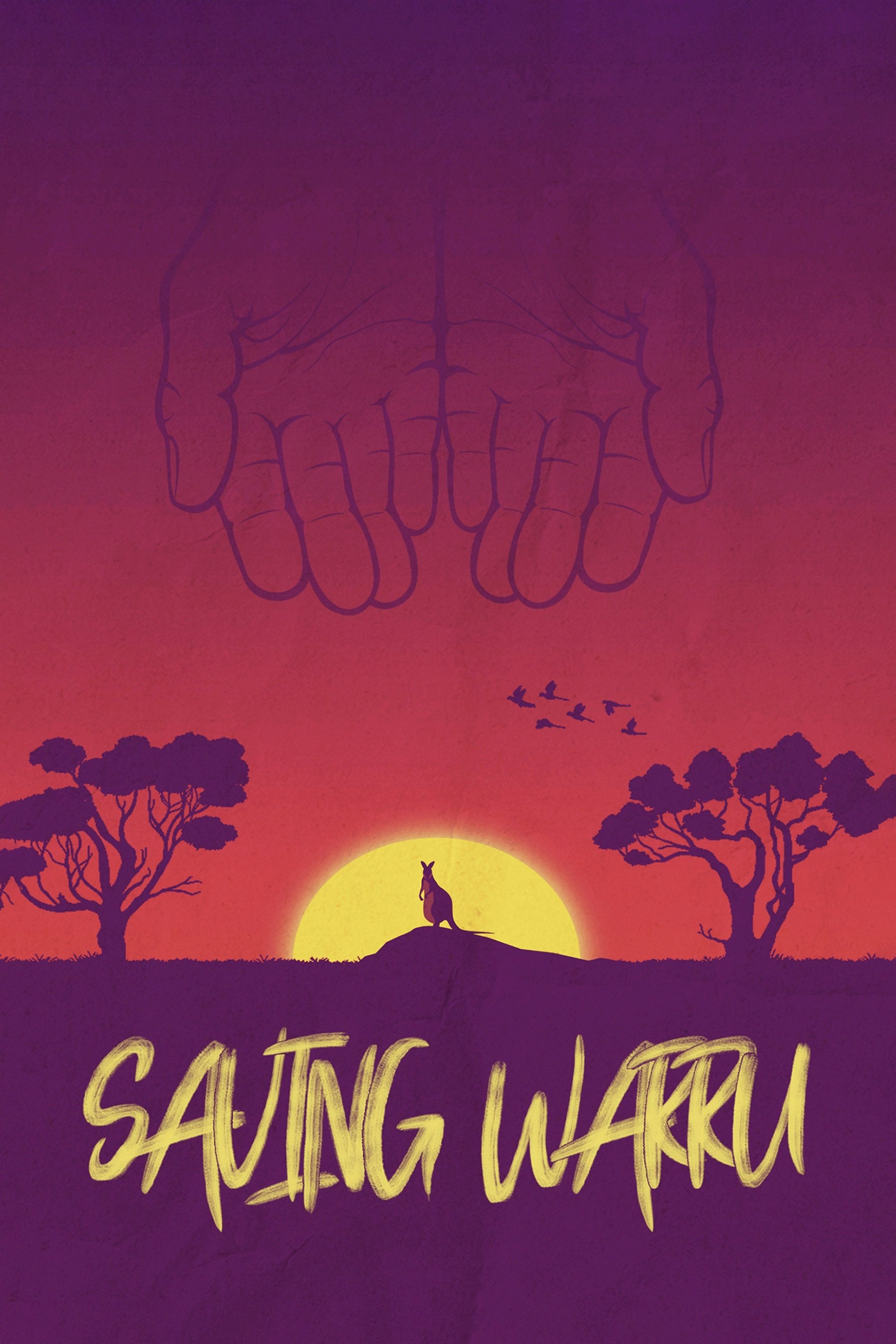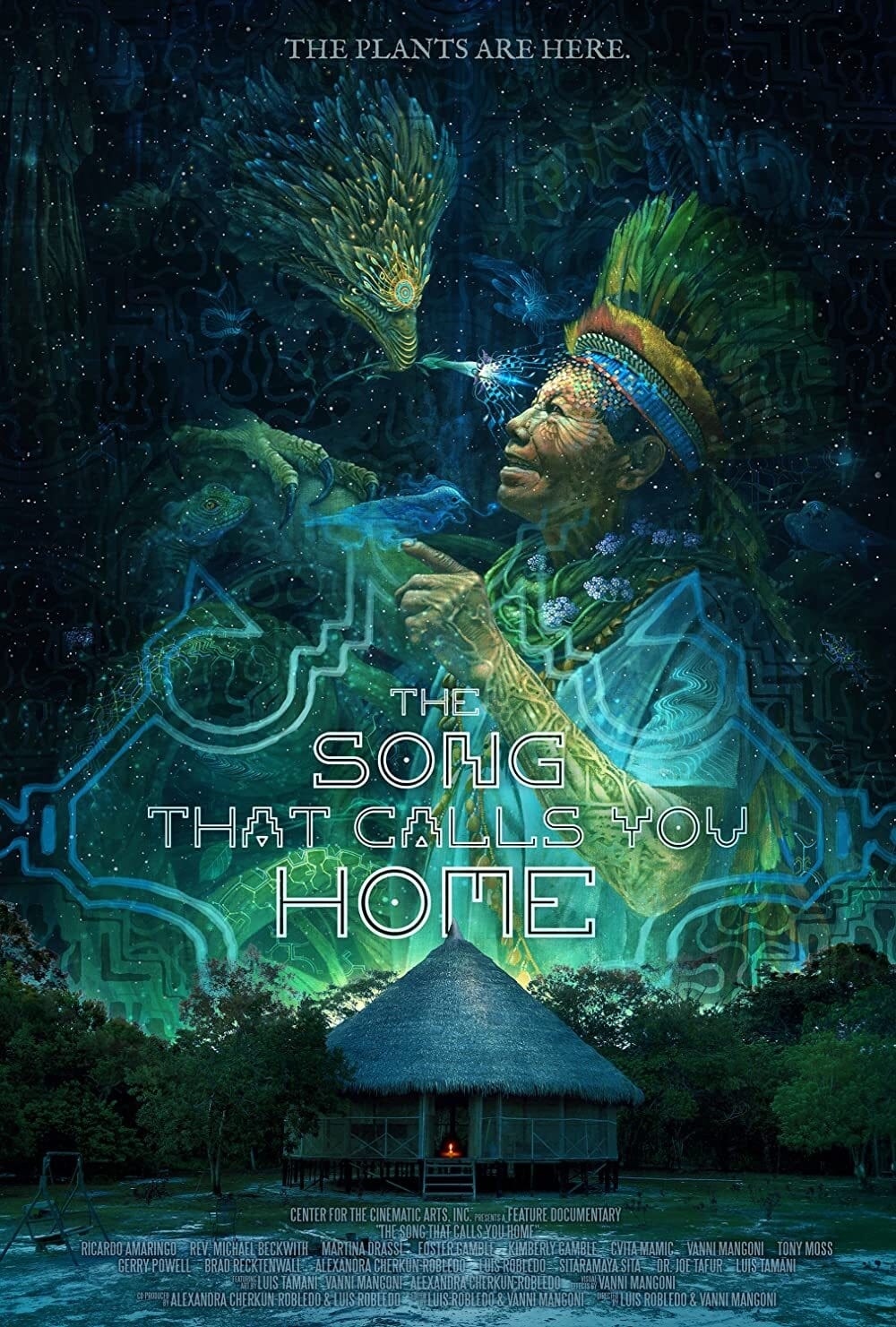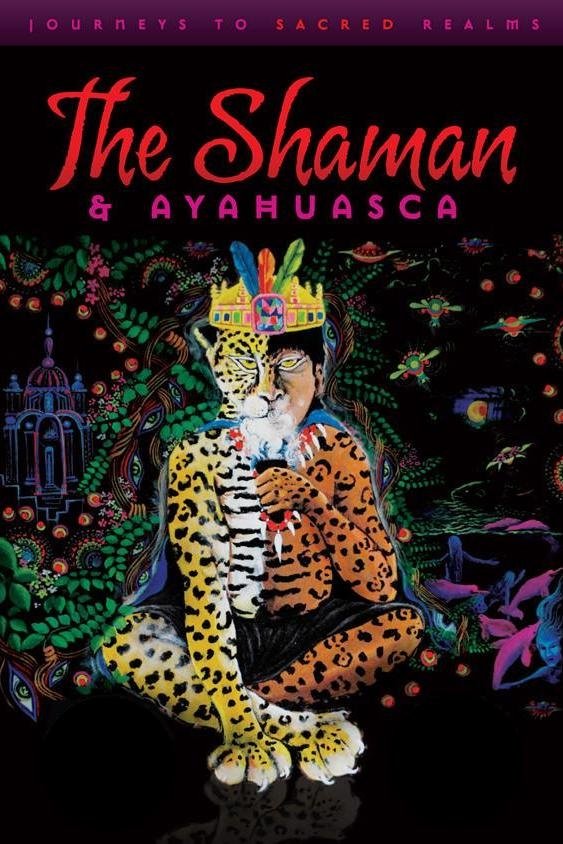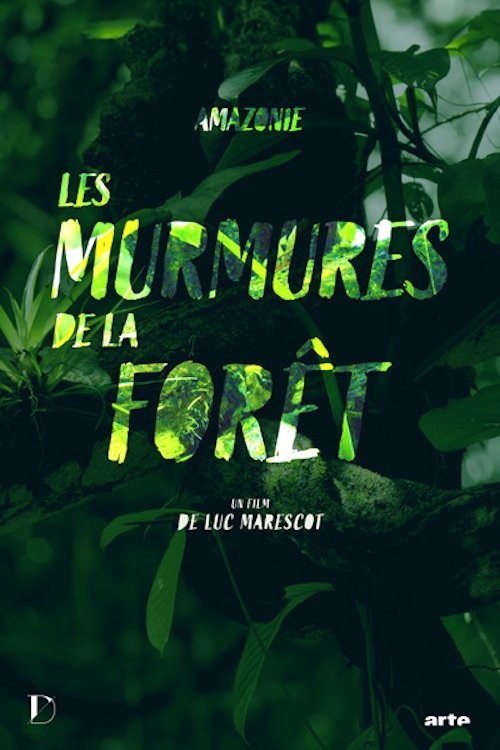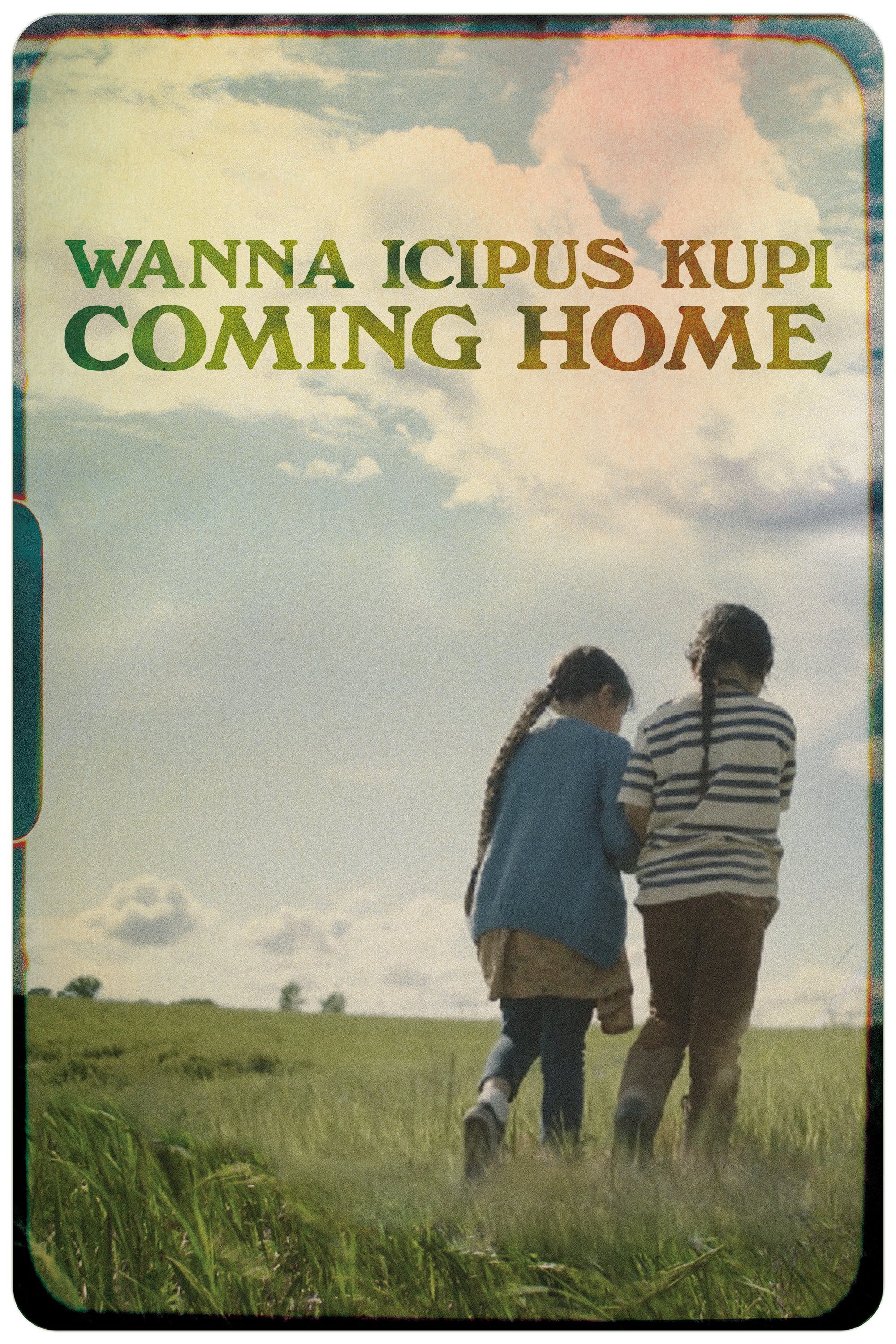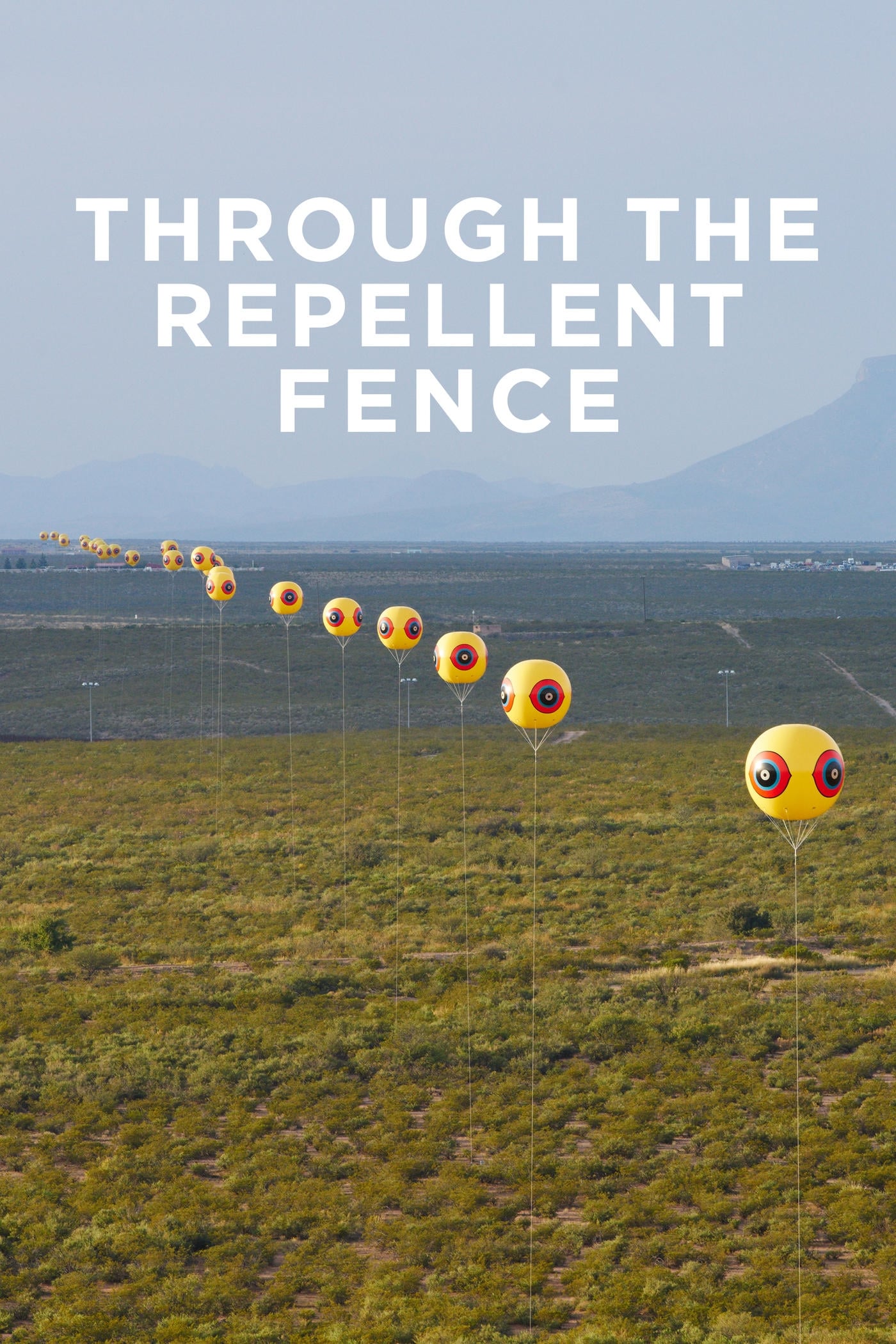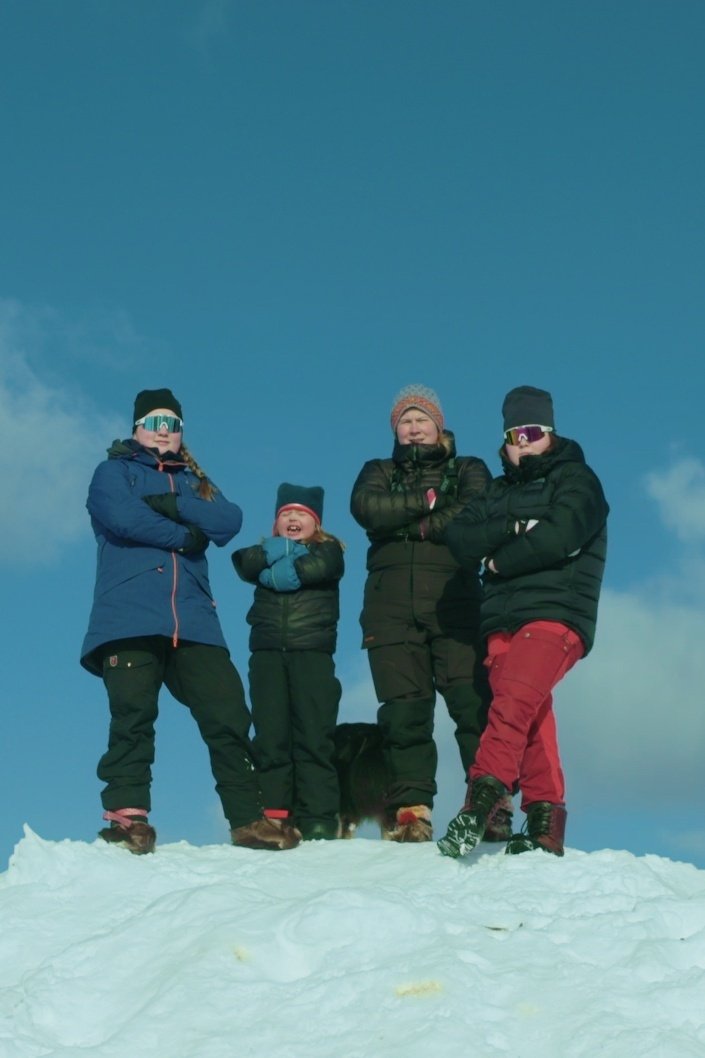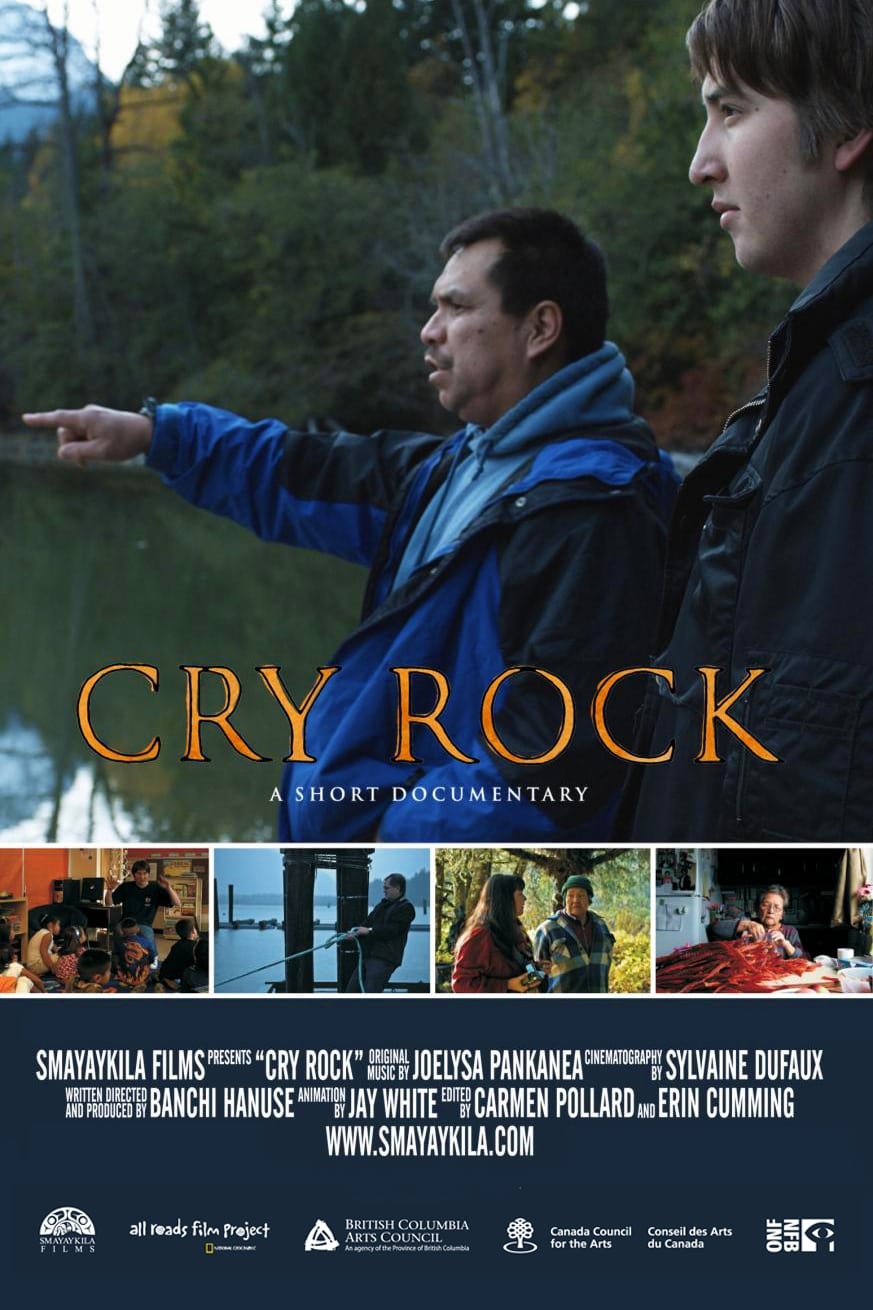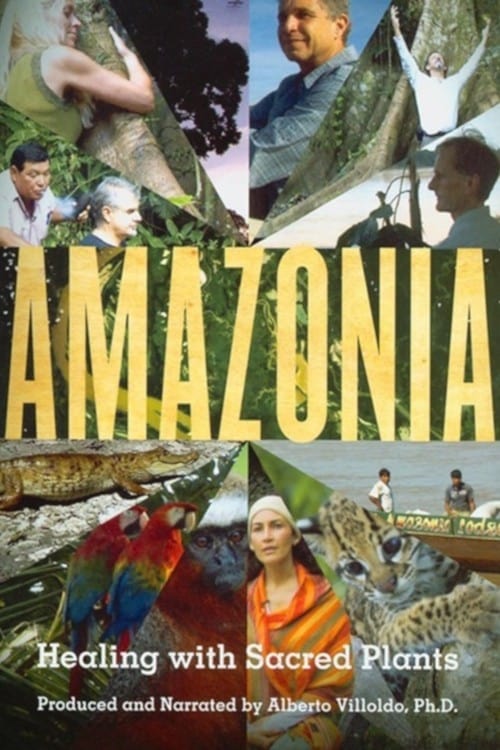
Amazonia: Healing with Sacred Plants (2015)
Released:
2015-07-01
Duration:
1hr 7min
Genres:
Documentary
Rating 0.0
Overview
Psychologist and anthropologist Alberto Villoldo talks with traditional healers of Madre de Dios, a department within in Peruvian Amazonia. They and Dr. Villoldo explain aspects of ayahuasca, a powerful, plant-based medicine of crucial importance.
Production Companies
TDC Entertainment
Additional Info
| Budget | $0.00 |
|---|---|
| Revenue | $0.00 |
| Original Language | en |
| Popularity | 0.1919 |
Directed By
Miguel Heded Abraham
TOP CAST
Alberto Villoldo
Himself
